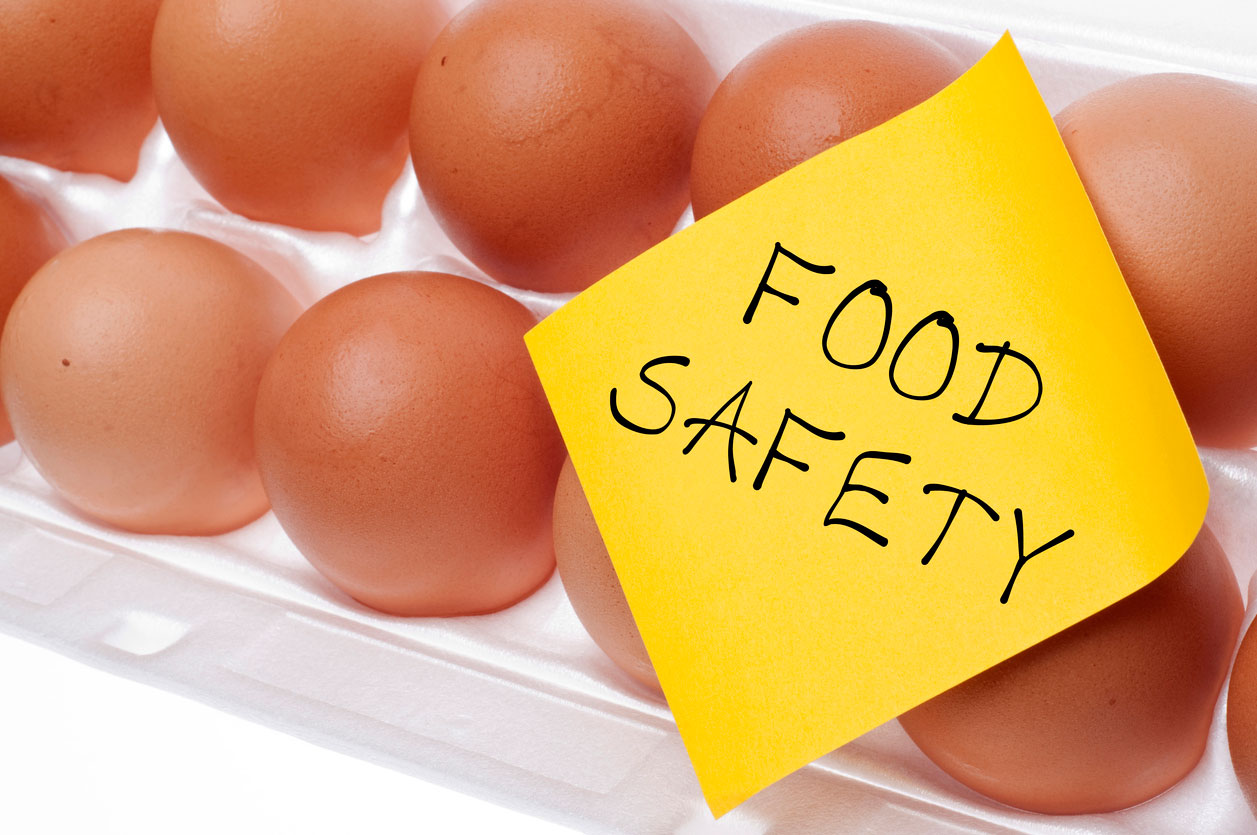
In September of 1982, Johnson & Johnson recalled every type of the company’s popular Tylenol products because someone tampered with the mostly pain medications by injecting deadly potassium cyanide into the pills. The deadly episode forced legislators at the federal level to modify product safety laws by changing the way drug companies package over the counter medications.
Dell recalled more than four million defective lithium-ion batteries in 2006. Manufactured by Sony, the batteries sparked fires in many of the laptops designed by Dell. The battery recall was at the time the largest safety recall ever for an electronics product.
Both product recalls protected consumers from further harm caused by tainted medications and defective batteries. The recalls are one example of how product safety laws protect consumers.
Consumer Product Safety Act (CPSA)
Passed in October of 1972 by the United States Congress, the Consumer Product Safety Act put some legal teeth into federal product safety laws. The CPSA created the United States Consumer Product Safety Commission (CPSC) to establish product safety standards and permit recall of products that the independent agency discovers to cause “substantial risks of injury or death to consumers.” Unlike a similar agency that had only limited enforcement powers 10 years earlier, the CPSC can ban a product if the agency believes there is not a feasible option other than a total recall and ban.
The agency has received legal powers to monitor more than 15,000 consumer products that include cases such as the Dell and Johnson & Johnson recalls. Products not covered under the CPSC’s legal domain include food, drugs, firearms, motor vehicles, and pesticides, among several other product categories. Federal agencies such as the Food and Drug Administration (FDA), the Department of Agriculture, the Environment Protection Agency, and the Bureau of Alcohol, Tobacco, Firearms, and Explosive monitor product safety issues for the products that fall outside of the CPSC legal mandate.
In 2008, Congress passed the Consumer Product Safety Improvement Act, which protects whistleblowers against reprisals for raising awareness about product safety issues. Anyone who feels they have suffered retribution for publicizing the existence of a dangerous product needs to file a written complaint within 180 days of discovering the product deemed harmful or deadly for consumer use.
The Pure Food and Drug Act
Manufactured by Merck to treat arthritis, Vioxx received FDA approval in 1999. After receiving the results of a clinical study in 2004 that Vioxx increased the risk of a heart attack, the FDA issued a recall for the entire stock of Vioxx. Merck has lost almost $5 billion in lawsuits and settlements since the 2004 recall.
The Pure Food and Drug Act of 1906 represented the first in numerous consumer protection laws passed by Congress during the 20th century. Over the next 30 years, a growing number of politicians claimed the original act failed to cover new products that were introduced at a stunningly rapid pace. Signed by President Franklin Roosevelt in 1938, the Federal Food, Drug, and Cosmetic Act is the federal law that regulates products such as food, drugs, tobacco, cosmetics, medical devices, and radiation-release devices. The FDA has legal jurisdiction over these products that included Vioxx.
If you believe you are a victim of a defective product that caused injury or death, contact a licensed attorney that specializes in prosecuting violators of federal product safety standards. You might find myriad other litigants that have suffered similar product defects, which can lead to legal action for the entire class. Class action lawsuits for product safety lawsuits-especially pharmaceuticals-are often publicized through print and electronic media sources.





